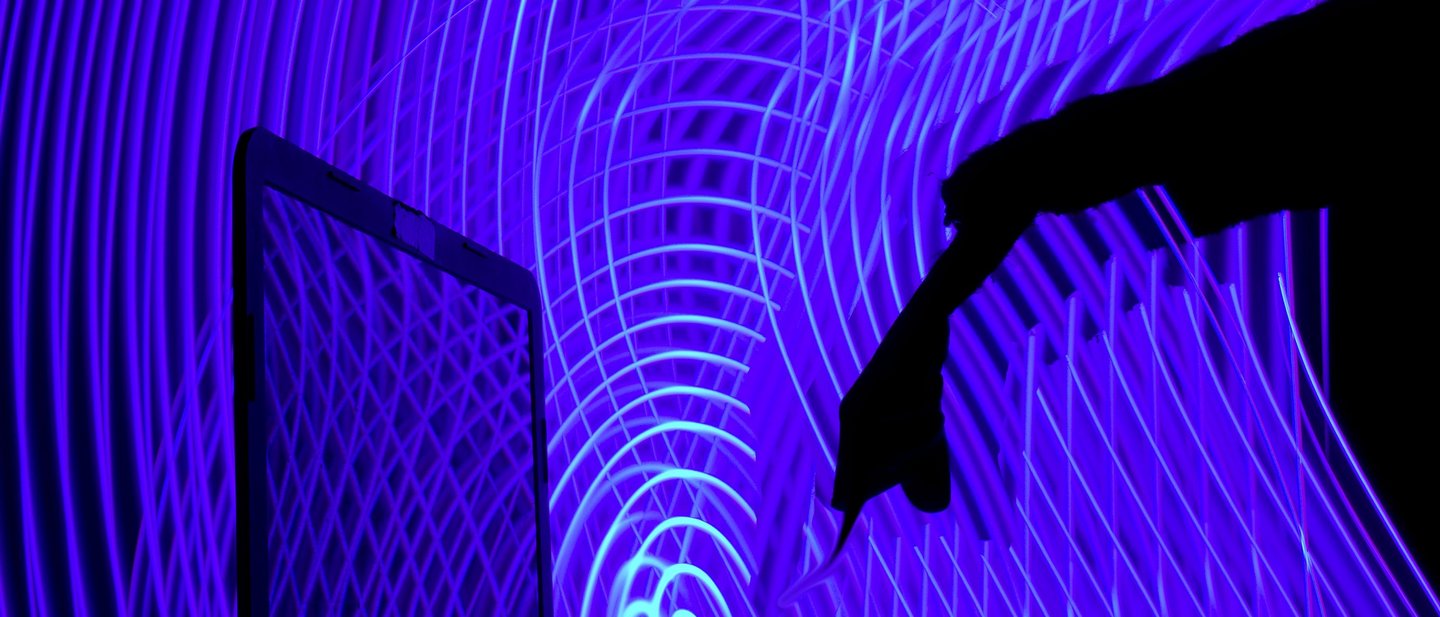Despite huge advances in technology over recent years, the proportion of business and government networks that undertake proper cybersecurity, including a vulnerability assessment that involves automatically checking the authorizations of new devices and applications, is surprisingly small.
“Asset discovery software regularly finds companies ‘hosting’ up to 25% more devices on their networks than they think they are, even in manufacturing situations,” says Peter Rost, Director of Business Development at secunet. Most of the web’s systematic vulnerabilities are due to its “100% trust” origins. This is true for all aspects of the broader web, including endpoint devices, applications, networks, and even identities. So where are the weak points and what can be done to enhance security?





